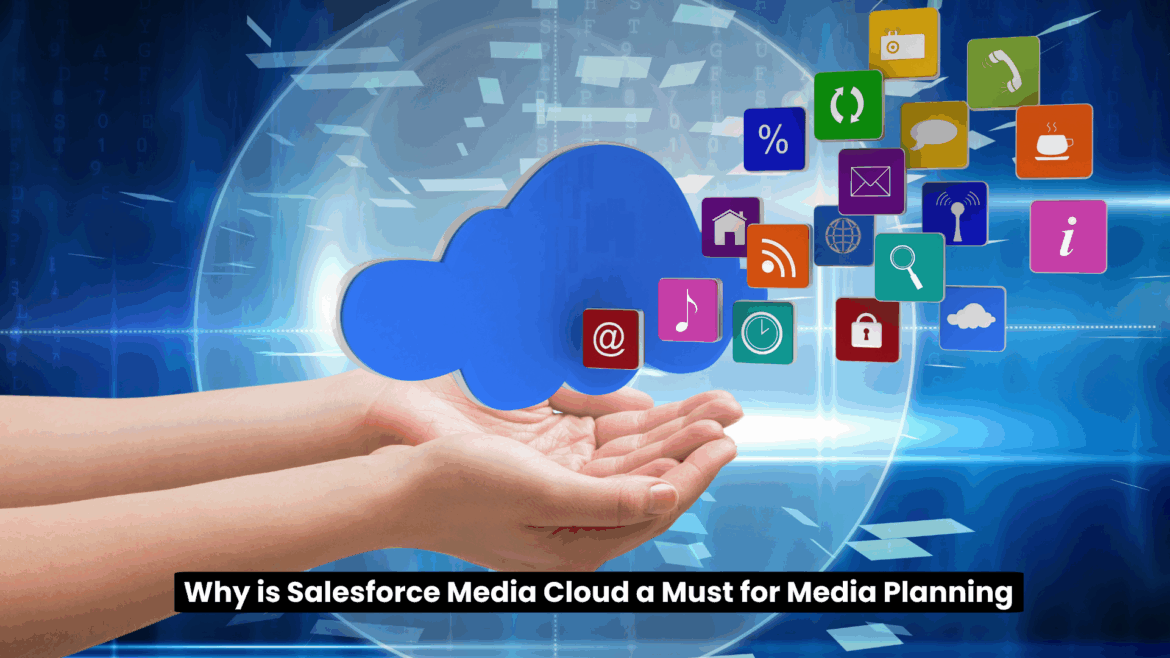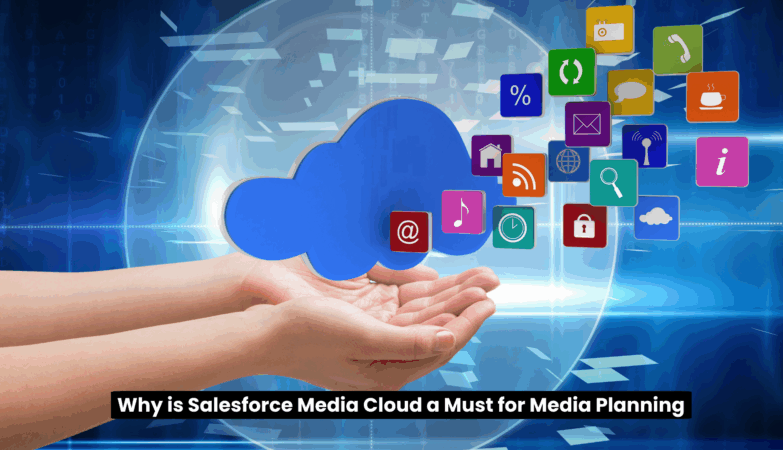Here is a blog that best supports the urgent need of Salesforce Media Cloud for the proper planning of media strategies in the ever-changing world: In today’s quickly changing media, it is not enough to go by impulse. It requires a sound method and an evidence-based approach to synthesizing and managing strategy.
Complex campaigns, information scattered across numerous platforms, and the constantly growing expectations for individualization mean that for modern media organizations, Salesforce Media Cloud isn’t a ‘nice to have’ – it’s a must-have. After working as a Salesforce CRM consultant for several years, I can confirm that it is one of the go-to CRM tools to enhance your media planning operations.
The Evolving Salesforce Media Cloud Planning Challenge
Offline media planning is usually a process that involves using Excel sheets, multiple applications, and efficiency. This results in the concentration of data and the creation of silos, coupled with poor synergy that make it difficult to get an overall picture of the campaigns and customer relations. Advertisers and media agencies have isolated views of inventory availability, buying prices, audiences, and performance measurement. Such a model leads to a lack of flexibility, prevents optimization, and hurts the ROI. But in today’s world, where first impressions precede us and matter more than ever, this is not feasible.
Introducing Salesforce Media Cloud: A Unified Platform
Salesforce Media Cloud is a game-changer that provides a cloud-based solution that addresses the peculiarities of the media industry. It is based on the well-proven Salesforce platform and covers various aspects of the media life cycle, including planning, sales, operations, and analysis. This connectivity helps create a consolidated database and ensure holistic visibility and control in the hands of media planners.
Read: The Rise of AI Agents in the Crypto Ecosystem: A New Era of Automation
Key Benefits for Salesforce Media Cloud Planning
The main benefits of using Media Cloud as part of the media plan are as follows:
- Centralized Inventory Management: Adios to misplacement of the inventory list. Media Cloud encompasses all forms of inventory reaching audiences through digital, print, broadcast, and out-of-home media. This real-time visibility lets the planner see the available inventory and position the right one for the campaign targets.
- Streamlined Deal Management: Whether proposing to a client, documenting the negotiations, or finalizing the legal part of the contract with the client, everything is easily achievable using Media Cloud. Efficient integration of approval processes and pricing tools cuts paperwork, speeds up sales cycles, and enhances the efficacy of sales and planning.
- Enhanced Audience Segmentation and Targeting: Understanding your audience is paramount. Media Cloud is based on special customer data for micro-level targeting and, therefore, provides the ability to deliver the message to the right people. This results in increased click-through rates and better ad effectiveness.
- IMC and Ad Management: Media Cloud has inherent linkages between planning in the marketing department or boardroom, getting it done in operations, and getting it done in Ad Ops. This helps ensure that the campaign is initiated without much effort, delivery is well monitored, and any issues that may arise during the campaign are solved.
- Real-time Performance Analytics and Insights: Those old days of waiting for results at the end of the campaign season have ended. Media Cloud presents the potential to generate circular real-time analysis dashboards and constant remarks based on assessing the campaign performance in terms of different parameters. This can be done on a real-time or near real-time basis, supporting subsequent stages and providing better decision-making throughout the campaign.
- Improved Collaboration and Communication: Media Cloud enhances the cross-functional alignment of all teams’ sales, planning, operations, and finance by eliminating data disconnectedness. This results in more coordination or synchronization of strategies and organizational processes.
Real-World Impact: Driving Salesforce Media Cloud Success
If a media company thinks of launching a new product, it might consider the following campaign strategy. To begin with, using Salesforce Media Cloud, the planner can:
- Quickly in real time, the inventory is available on their digital, social, and print media platforms.
- All customers can also be divided into segments based on their ability, gender, age, location, previous activity in the CRM, etc.
- Create proper ad creatives and optimize the inventory.
- To approach all this, create a proposal that presents a united front, stating the prices for services offered correctly and the time it would take to complete the tasks.
- Review metrics and KPIs in real-time with data points such as impressions, clicks, and conversions.
- Monitor the responses to make necessary changes to the campaign to ensure it is in-flight optimization.
- Ensure that all generated reports are well-detailed to show results to the client.
Any organization using old, disintegrated systems cannot achieve the efficiency, visibility, and control of modern integrated ERP systems.
Embracing the Future of Salesforce Media Cloud Planning
Salesforce Media Cloud is not only an advanced technology; it is a need every media organization must meet if it must work in today’s environment. This means that by putting all the media into one single solution, planners can leave behind processes that are not efficient yet common when developing a good customer approach.
Supporting Media Cloud is supporting the advancement of the infrastructure through which media plans are made, and campaigns are executed to reduce wastage and increase overall efficiency in marketing communication for the benefit of your business and your clients. Suppose you are more serious about taking media planning to the next level of quality. In that case, the answer is simple: Salesforce Media Cloud is not just an option but a must-have solution.
Conclusion
The limitations of separated, media channel-heavy media plans are apparent in the current diverse and dynamic media environment. Thus, the need for the hour can be identified as Salesforce Media Cloud, as it consolidates all aspects of the media supply chain and provides seamless visibility and control.
In addition to its features, integration services with other essential systems enhance its utility even further. The advantages range from optimized inventory and deal management, better target audience reach, integrated campaigns, and minute-by-minute analytics that make the difference between the efficient use of resources and higher ROI. The fact that Salesforce Media Cloud is integrated by nature means that adopting this system is no longer a bonus; it’s mandatory for every media agency planning to remain relevant and achieve success in the current and future decentralized world by designing an effective and well-connected media ecosystem.








